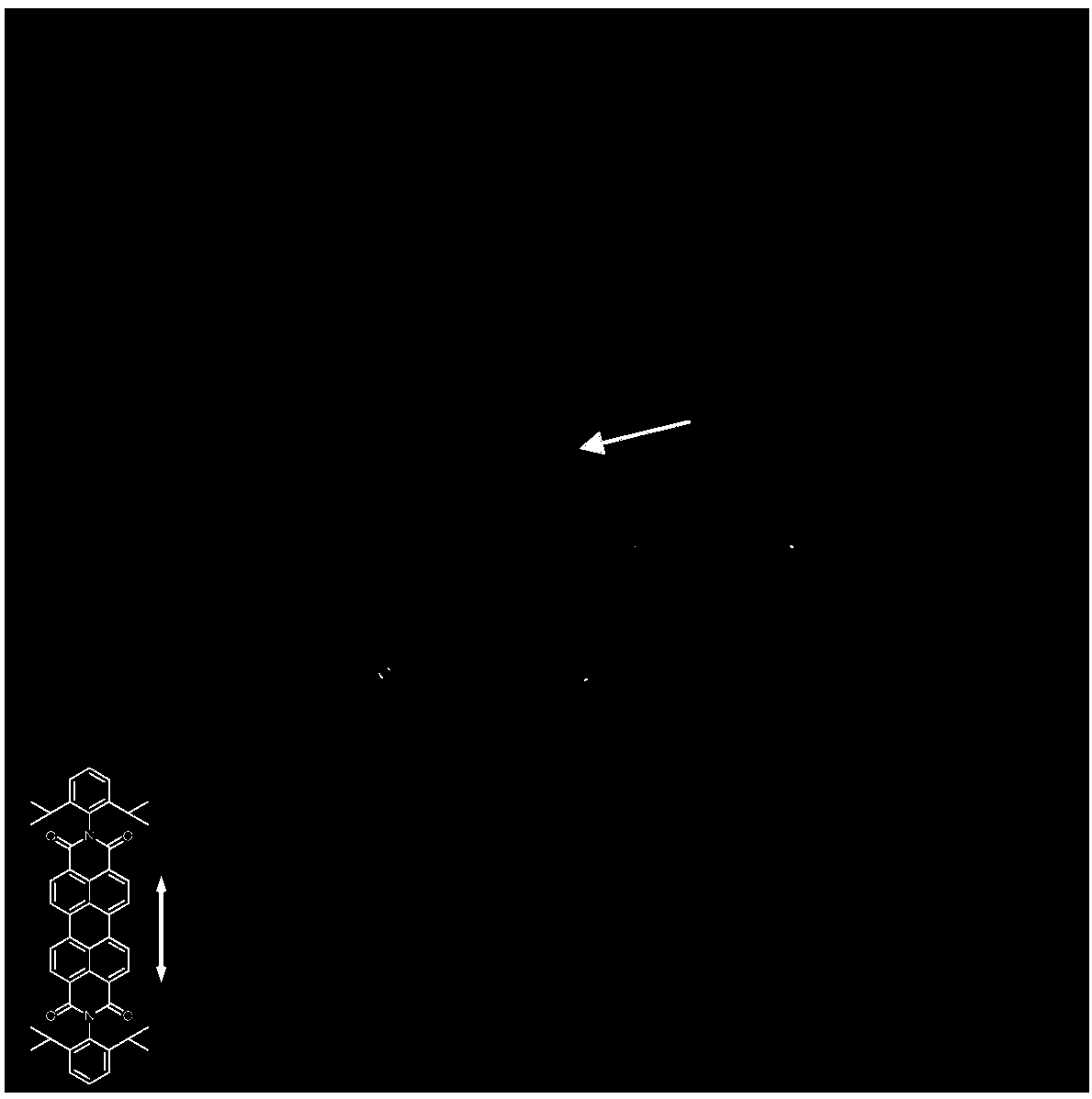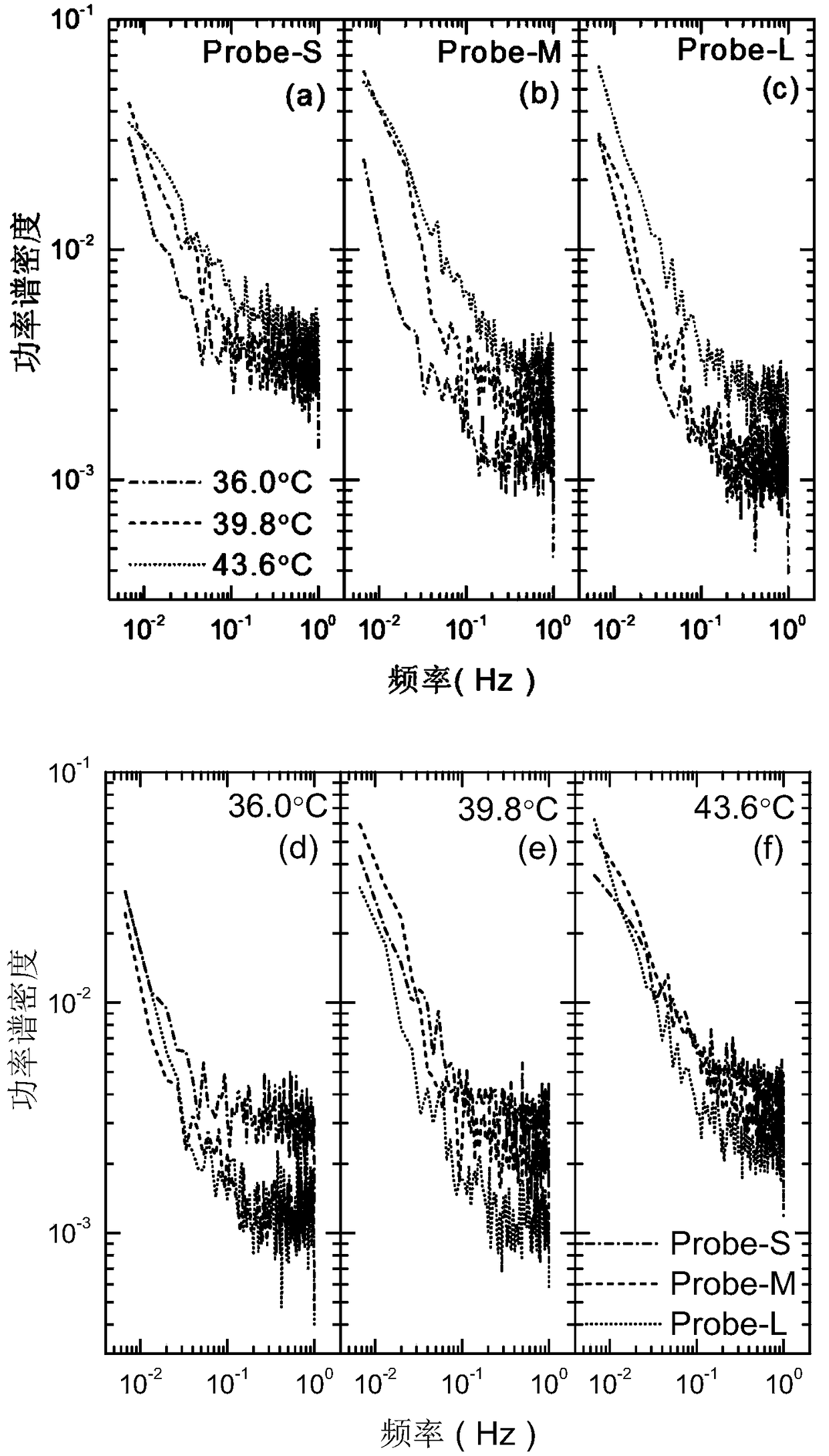A method for analyzing the relaxation behavior of polymer segments in the glassy state
A polymer chain, glassy technology, applied in the basic research field of polymer physics, can solve problems such as lack of analytical methods, and achieve the effect of expanding the scope of research
- Summary
- Abstract
- Description
- Claims
- Application Information
AI Technical Summary
Problems solved by technology
Method used
Image
Examples
Embodiment 1
[0029] Embodiment 1, analyze the relaxation behavior of polyvinyl acetate (PVAc) segment
[0030] 1) Get polyvinyl acetate (the number-average molecular weight is 100,000g / mol, purchased from Aldrich company) and dissolve in ethyl acetate to prepare the ethyl acetate solution (1.7wt%) of PVAc, add different sizes of perylene respectively in the solution Fluorescent molecules (Probe-XS, Probe-S, Probe-M and Probe-L), obtained the ethyl acetate solution of PVAc added with perylene fluorescent molecules of different sizes, the concentration of fluorescent molecules in the control solution was about 10 -9 M. The mass ratio of fluorescent molecules to polymers is 5×10 -11 : 1; the structural formulas of perylene fluorescent molecules of different sizes are as follows:
[0031]
[0032] Adopt spin-coating method (spin-coating) above-mentioned solution to be coated on the glass sheet that handles clean (Thermo Fischer produces, thickness 0.17mm), spin-coating speed is 4000rpm, s...
PUM
| Property | Measurement | Unit |
|---|---|---|
| thickness | aaaaa | aaaaa |
| thickness | aaaaa | aaaaa |
Abstract
Description
Claims
Application Information
 Login to View More
Login to View More - R&D
- Intellectual Property
- Life Sciences
- Materials
- Tech Scout
- Unparalleled Data Quality
- Higher Quality Content
- 60% Fewer Hallucinations
Browse by: Latest US Patents, China's latest patents, Technical Efficacy Thesaurus, Application Domain, Technology Topic, Popular Technical Reports.
© 2025 PatSnap. All rights reserved.Legal|Privacy policy|Modern Slavery Act Transparency Statement|Sitemap|About US| Contact US: help@patsnap.com



